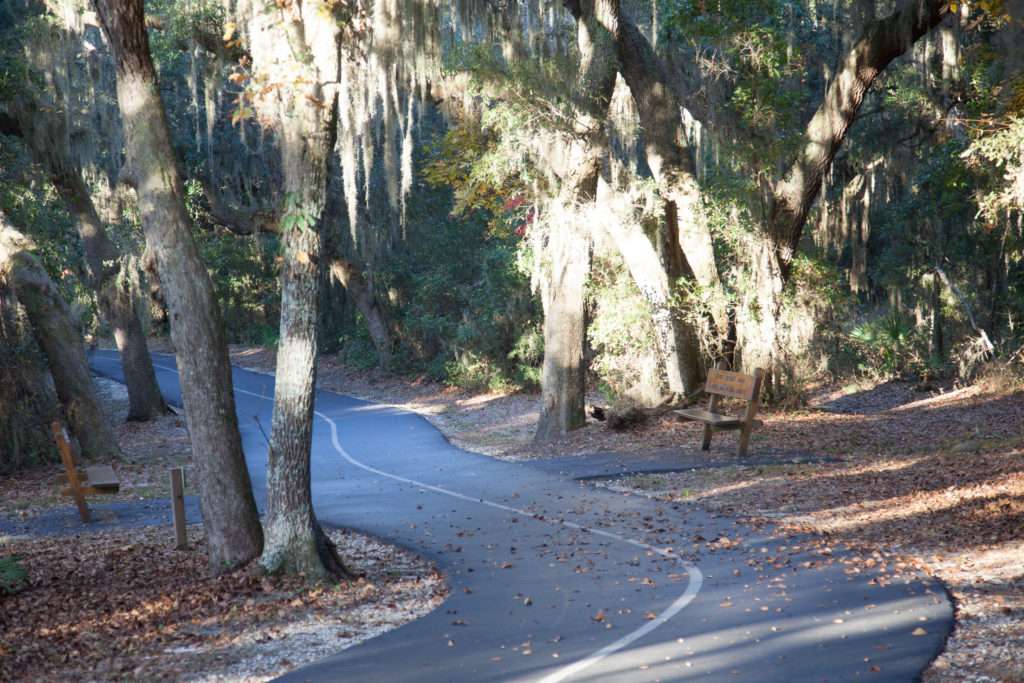
Gulf State Park holds some of the most endangered archaeological deposits in the State of Alabama. Even though these sites are located within the protected area of the park, rising sea levels and damage caused by severe coastal storms will one day likely erase what remains of these fragile reminders of the people who were here before us. Even today, understanding the complex system of interconnected waterways, residential sites, and mounds is made that much more difficult by the centuries of storms and historic changes to the landscape.
The park has both sand and shell mounds that were built during the Middle Woodland period (circa AD 150) and Mississippian Stage (AD 1000 to 1500). Sand mounds are common along the Gulf Coast and served as both cultural markers for the living and memorials to the dead. The shell mounds located at the park are typically elongated midden (refuse pile) deposits bordering the water’s edge or circular mounds with intentional design. While some mounds include a mix of different shellfish types, a few show preference for only one type of shell, such as the Rangia cuneata, a brackish water clam common in the marshes of the Gulf Coast. The selection of this single type is unusual given the availability of other shellfish that exist in the same areas and suggests that those who built the mounds were selecting them for a special reason. They may have been selecting them based on ease of harvest, season of availability, cultural taboos against eating other types, or maybe something as simple as taste.
When we think of these people who hunt and gather their food, we often think of a simple lifestyle that included hunting, fishing, collecting seasonally available fruits and nuts, and limited agriculture. In reality, these people were engineering large communal buildings, digging canals, building mounds, trading over long distances, and practicing complex cultural activities that included intricate artwork and a highly structured social hierarchy with religious, political, and social leaders, warriors, and venerated elders. Imagine trying to convince one hundred of your friends to go build a mound, one basket load of sand at a time for days on end, or dig a long canal that would allow your town to have direct access to protected bays and inlets without having to venture out into the rough open waters of the Gulf. The people who built these things lived in a complex world of interacting cultures, languages, and beliefs much like we do today.
Gulf State Park is one of the few places where remnants of these past lifeways are preserved.
This site is very important to numerous Southeastern indigenous tribes who assert an ancestral connection with those who built and occupied Alabama’s ancient mounds. The earthwork landscapes and the objects and information recovered from them reveal a rich cultural tradition that still thrives today among these tribes. Our indigenous mound sites represent a heritage for all Alabamians to cherish, and it is important that we protect and preserve them for future generations.
Located in Baldwin County.
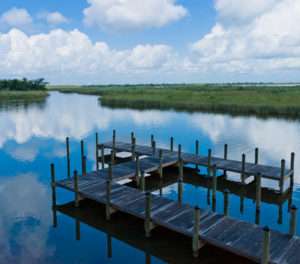
5 Rivers Delta Resource Center
5 Rivers Delta Resource Center’s name recognizes the five rivers of the Mobile-Tensaw Delta, which include the Mobile, Spanish, Tensaw, Apalachee and
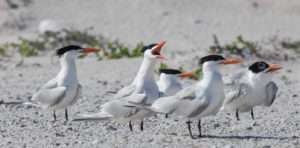
Alabama Coastal Birding Trail
Alabama’s Gulf Coast is a paradise not only for birders, but for visitors with many different outdoor interests. The Coastal Birding Trail features si
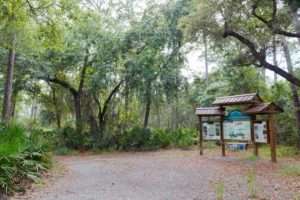
Bon Secour National Wildlife Refuge
Bon Secour National Wildlife Refuge was established by Congress in 1980 for the protection of neotropical migratory songbird habitat and threatened an
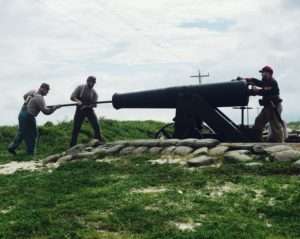
Fort Morgan Historic Site
Since 1834 Fort Morgan has stood as the guardian of Mobile Bay. The military site and National Historic Landmark is located 22 miles west of Gulf Shor
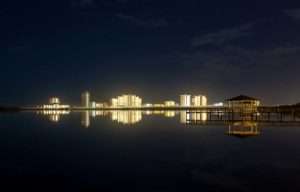
Gulf State Park
Gulf State Park boasts over 3.5 miles of beautiful white sand beaches available in both our main park area in Gulf Shores at the Beach Pavilion and fr
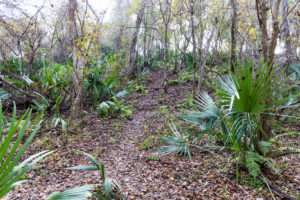
The Bottle Creek Site
The Bottle Creek site is the second largest mound site in Alabama and it represents the remnants of a large Mississippian Stage civic ceremonial compl
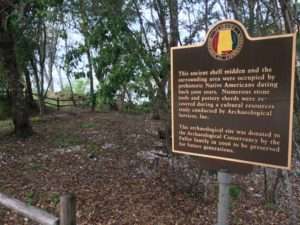
The Fuller Site
Since at least 3,000 BC, the Mobile Tensaw Delta and Mobile Bay teemed with indigenous people moving up and down the waterways and taking overland tra
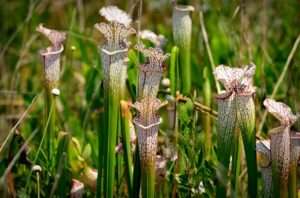
Weeks Bay National Estuarine Research Reserve
Weeks Bay National Estuarine Research Reserve provides the birder with a variety of ways to experience the salt marsh and the estuary- a boardwalk thr

You must be logged in to post a comment.